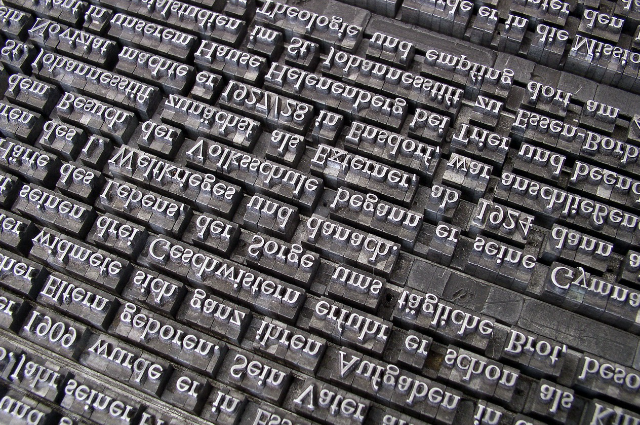
Image by Willi Heidelbach from Pixabay
Language, with its immense power to convey emotions, histories, and identities, plays a pivotal role in contemporary literature. In an increasingly interconnected world where cultures intersect and blend, the phenomenon of code-switching and multilingual narratives has emerged as a profound force in shaping cultural identities. This essay delves into the rich tapestry of this linguistic interplay within the literary realm, using multilingual quotations from poetry, music, writings, and various examples to illuminate the emotional depth and motivational impact it holds. Through this exploration, readers will gain a profound appreciation for the human aspects of literature that transcend words on a page.
I. Code-Switching: A Linguistic Mosaic of Identity
Code-switching, the practice of alternating between two or more languages or dialects in a single discourse, has become a prominent feature of contemporary literature. In the literary world, authors employ code-switching to reflect the complexities of cultural identity. For instance, Junot Díaz, a Pulitzer Prize-winning author, often employs Spanish and English in his works, giving voice to the intricate identities of Dominican-Americans. Díaz's words resonate with a sense of struggle and triumph, and through code-switching, he imbues his characters with authenticity and depth."You really want to know what being an X-man feels like? Just be a smart bookish boy of color in a contemporary U.S. ghetto. Mamma mia!"This poignant passage from Díaz's "The Brief Wondrous Life of Oscar Wao" blends languages seamlessly, symbolizing the cultural fusion experienced by his characters, invoking a heart-touching connection with readers who have grappled with identity in multicultural societies.
II. Multilingual Narratives: Weaving a Global Tapestry
Multilingual narratives expand on code-switching's themes, taking readers on a journey through the richness of diverse languages. This approach, seen in works like Arundhati Roy's "The God of Small Things," ventures beyond code-switching to embrace multilingualism, incorporating languages like Malayalam, English, and Hindi to convey a deeply ingrained cultural heritage. It serves as a reflection of the intricacies of cultural identity, evoking a strong emotional response from readers."And the air was full of Thoughts and Things to Say. But at times like these, only the Small Things are ever said. Big Things lurk unsaid."Roy's novel reverberates with the nostalgia of a multilingual past, painting a vivid picture of cultural identity and the emotions associated with it. Such narratives have the power to inspire, as they remind readers of the beauty in preserving their linguistic and cultural heritage.
III. Emotional Impact and Motivation
The use of code-switching and multilingual narratives in contemporary literature is not merely a stylistic choice; it is a reflection of the profound emotional connections between language and identity. Readers find themselves moved by the authenticity and relatability of characters and stories that navigate the complex terrain of cultural identity.In a world where individuals from diverse backgrounds seek to embrace and express their multifaceted identities, contemporary literature offers a source of motivation. The writings of authors like Díaz and Roy serve as a testament to the resilience and strength of individuals navigating the crossroads of culture and language. These narratives are motivational, as they inspire readers to embrace their own unique cultural identities and linguistic heritages, no matter how complex they may be.
Conclusion: A Human Touch in Multilingual Literature
In conclusion, the influence of code-switching and multilingual narratives on cultural identity in contemporary literature is profound and deeply human. The use of multiple languages, woven into the fabric of stories and characters, creates a connection that transcends the page. Readers are not merely observers; they become participants in the struggle, triumph, and evolution of cultural identities. Through the use of powerful multilingual quotations, such as those by Junot Díaz and Arundhati Roy, contemporary literature demonstrates its ability to touch the heart, motivate, and connect on a human level. The emotional depth and authenticity of these narratives remind us of the beauty in our own diverse identities and cultures. In a world that is becoming increasingly interconnected, literature continues to play a crucial role in preserving and celebrating the essence of our humanity. As readers, we must embrace the emotional and motivational power of multilingual literature and recognize that these narratives are not just composed by authors, but by humans who seek to understand and convey the intricate, beautiful, and ever-evolving tapestry of cultural identity through language.
